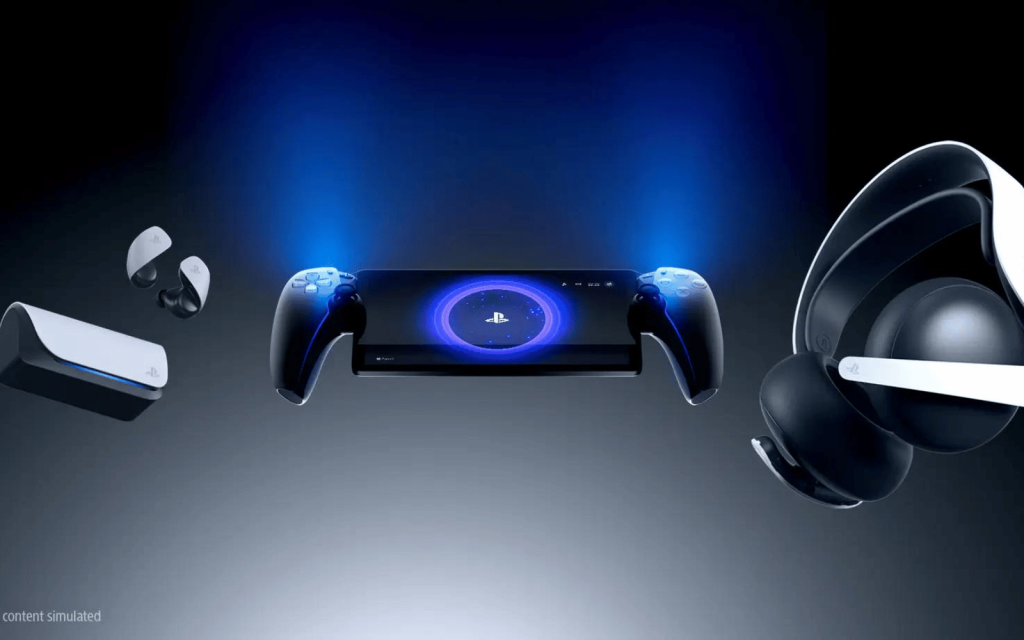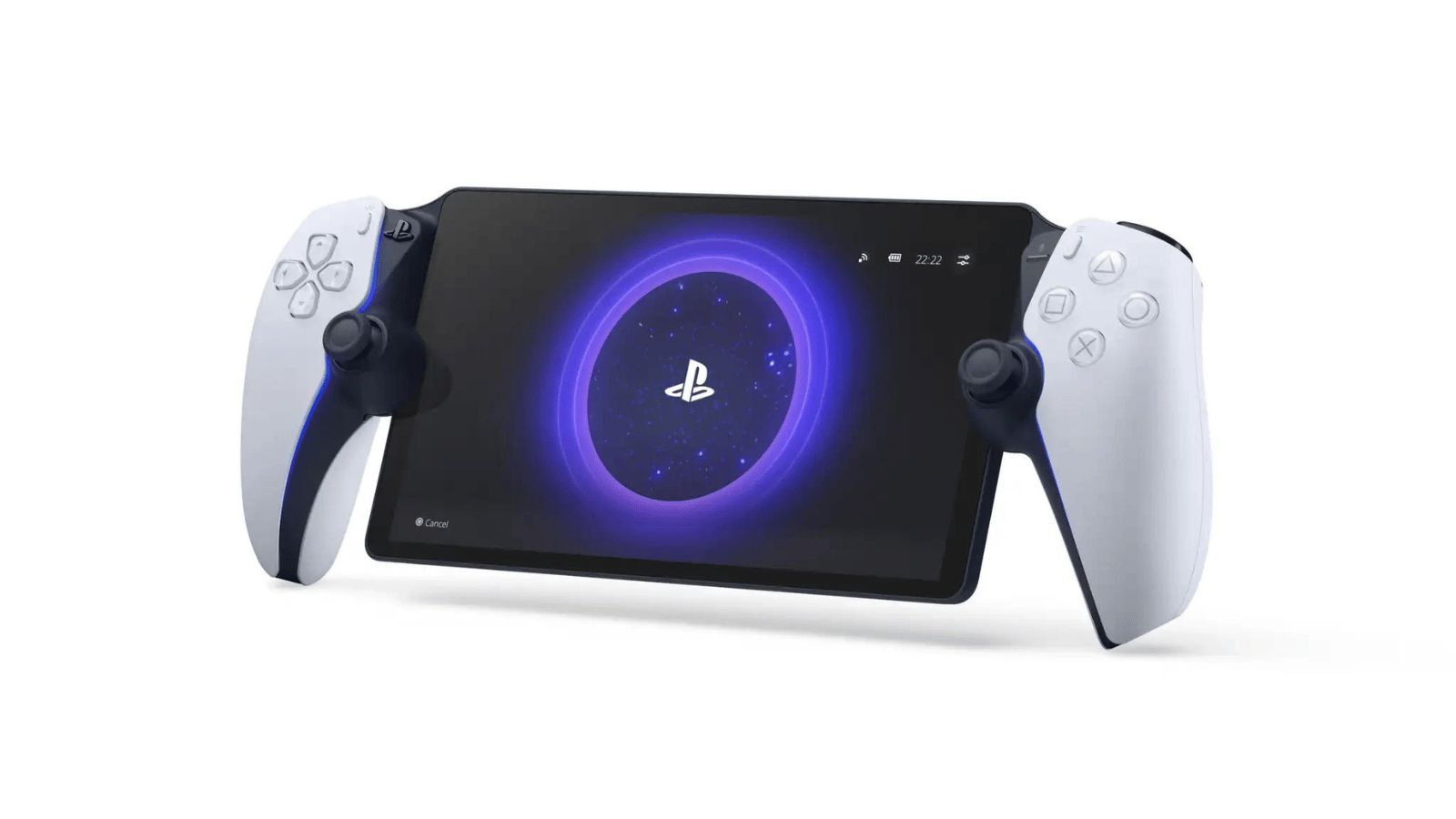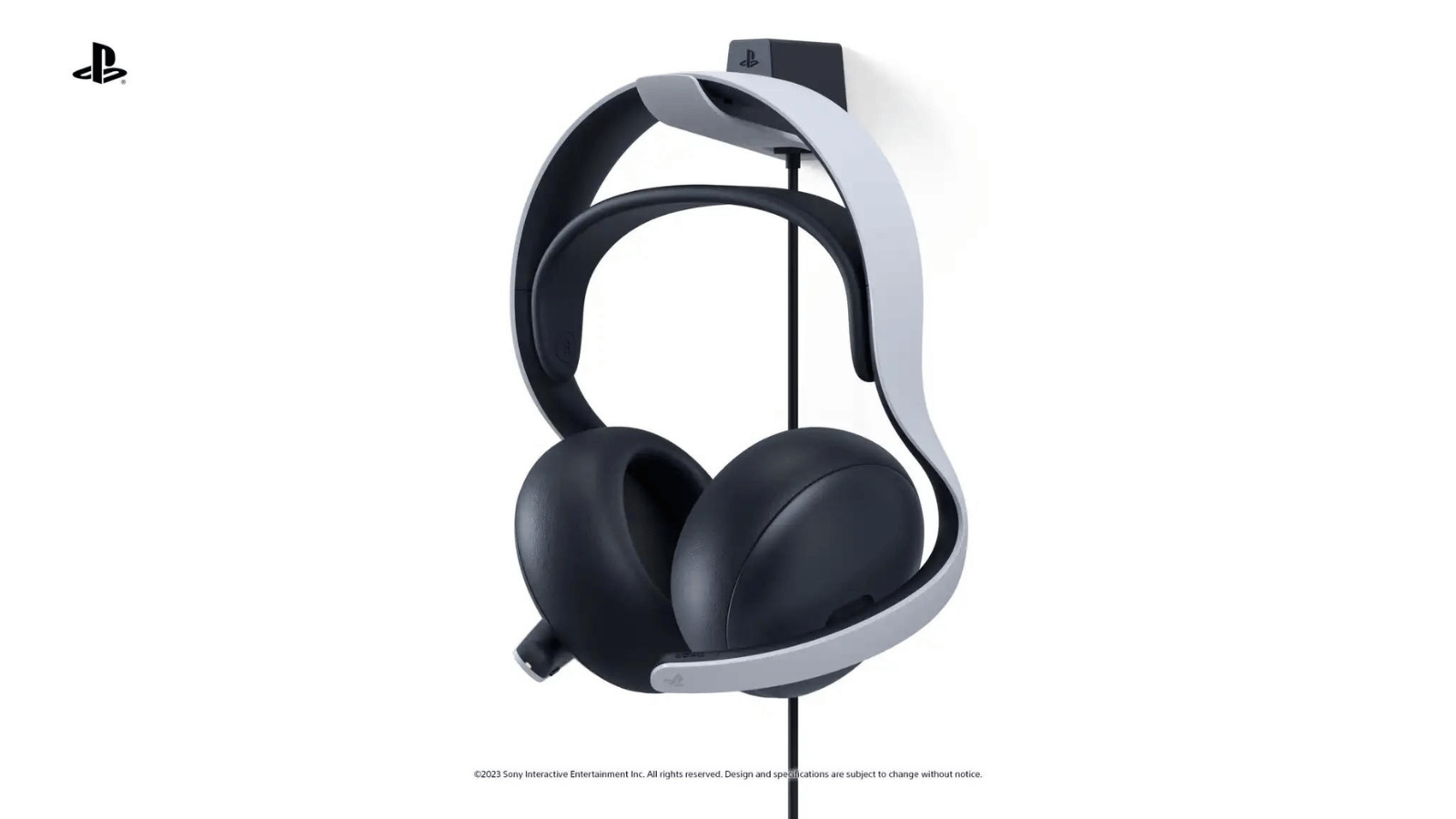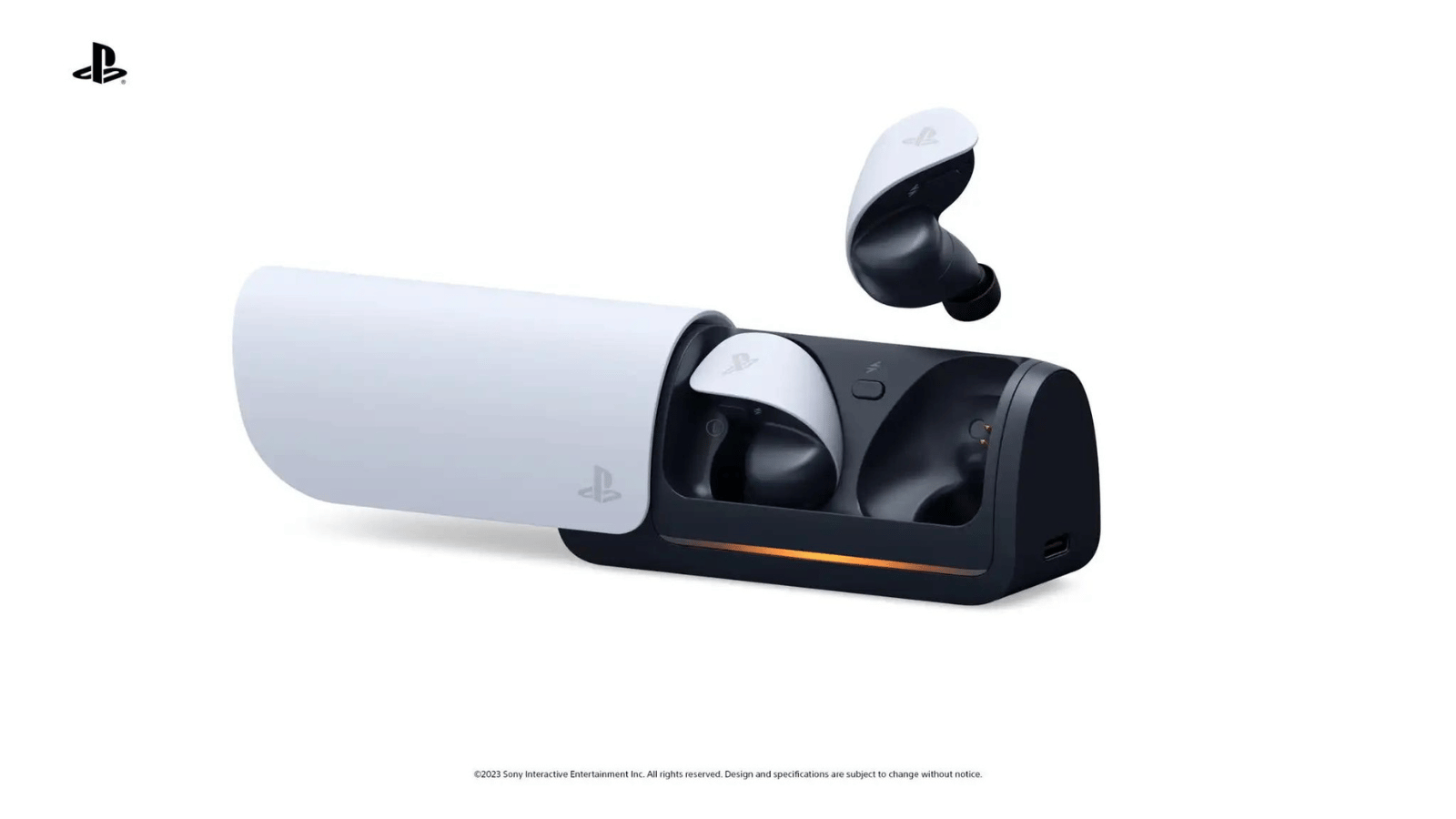Remember 2017? Those days when Nintendo’s Switch was the console to own – allowing players to a) play Breath of the Wild and b) play Breath of the Wild wherever they wanted. Since then, there’s been a scramble from nearly every tech company out there to cash in on the handheld hype left in the Switch’s wake. Sony is the latest company to enter the gauntlet with the PlayStation Portal, a handheld “console” that gets it so wrong, we had to check Sony wasn’t celebrating April Fool’s late.
Not the Portal we wanted, but the Portal we’re getting
We’ve known about the handheld for some time now, having been teased back in May as ‘Project Q’. Now, Sony has officially christened the handheld ‘PlayStation Portal’ and dished out more details on this latest venture which… didn’t exactly fill us with confidence.
For starters, the Portal can’t even call itself a console like the Vita or PSP that came before. It’s officially called a “Remote Play dedicated device” for good reason. It’s not doing any on-board processing like a Switch or Steam Deck. Instead, it’s streaming PS5 games over Wi-Fi to the device’s 8in LCD display that’s running at 1080p and 60Hz. On either end of the underwhelming display are two halves of a DualSense 5 controller, complete with haptics, and adaptive triggers – the whole shebang.
“PlayStation Portal will connect remotely to your PS5 over Wi-Fi, so you’ll be able to swiftly jump from playing on your PS5 to your PlayStation Portal,” says Hideaki Nishino, senior vice president of platform experience at Sony Interactive Entertainment. “PlayStation Portal can play supported games that are installed on your PS5 console and use the Dualsense controller.”
Read More: How to set up parental controls for Sony’s PlayStation 4 and 5
Sony hasn’t yet confirmed the Portal’s battery life, though judging by CNET’s hands-on with the device, it appears to be targeting around seven to eight hours of battery. Good or bad, the Portal’s battery life isn’t a major factor, considering it’ll hardly leave its owner’s home – needing both a stable Wi-Fi connection and a nearby PS5 to function.
To worsen the situation, the Portal doesn’t support Bluetooth. That means you won’t be hooking up any wireless headsets that aren’t Sony’s Pulse Elite or Pulse Explore headphones and buds (we’ll get to those). Even Sony’s Pulse 3D headset didn’t make the cut. The only saving grace is the 3.5mm audio jack that Sony’s been kind enough to include.
The worst part? Sony will charge $200 (roughly R3,700) for this thing when it launches “later this year.” We shudder to think how much it’ll cost if it ever arrives in SA. That’s $200 on top of the PS5 (which recently saw a price hike) and half-decent internet connection you need to have beforehand (Sony recommends at least 15 Mbps for a “better play experience).
Still, we might be getting ahead of ourselves here. We’ll have to test it out for ourselves before we tarnish the Portal’s memory before it’s even hit the shelves.
Not for the faint of wallet
The PlayStation Portal wasn’t the only new piece of hardware Sony has in the works. We got a peek at two new sets of headphones – the Pulse Elite – a direct upgrade to the Pulse 3D headset that’ll cost $150 and the Pulse Explore – in-ear buds that’ll cost as much as the Portal itself. No, seriously.
Those price tags are a product of Sony’s inability to relate to the layman. It might also have to do with the fact that both feature “custom-designed planar magnetic drivers for an audiophile-level listening experience normally found in premium headphones for professional sound engineers.” That might sound like a load of mumbo jumbo if you’re not an audiophile or professional sound engineer. But anyone familiar with Sony’s audio efforts – like the WF-1000XM5, will know that they’re in good hands here. We just wish it didn’t have to cost so much.
Sony’s big swing here is the introduction of “PlayStation Link”, a new wireless audio technology that’s available on both headsets. That means low latency, lossless audio and the ability to quickly hop between devices. For now, that means the PS5 and Portal – with the PS5 connecting to the headsets through a USB dongle. We reckon that the PS5 Slim we’ve heard so much about will have the PlayStation Link tech built-in, and set a standard for all of PlayStation’s future audio efforts.
Not much else is yet known about the Pulse line-up. We know the Explore comes with a charging case, while the Elite will get all its power wirelessly from the cool-looking headphone stand. Charge times, battery life, and additional features are still unknown, with more info to come. Sony has yet to announce an official release for these – though it reiterated that it’d be landing sometime in 2023.







